This wonderful Cornish workshop and museum is dedicated to the legacy of studio pottery trailblazer Bernard Leach
BECOME AN INSTANT EXPERT ON RAPHAEL
BECOME AN INSTANT EXPERT ON RAPHAEL
19 Apr 2022
His life was short but prolific – and such were his artistic skills that Picasso once said, ‘Leonardo da Vinci promises us heaven, Raphael gives it to us.’ Now, as the National Gallery has opened its long-awaited show of his works, Siân Walters reveals the things we should know about Raphael’s life and art
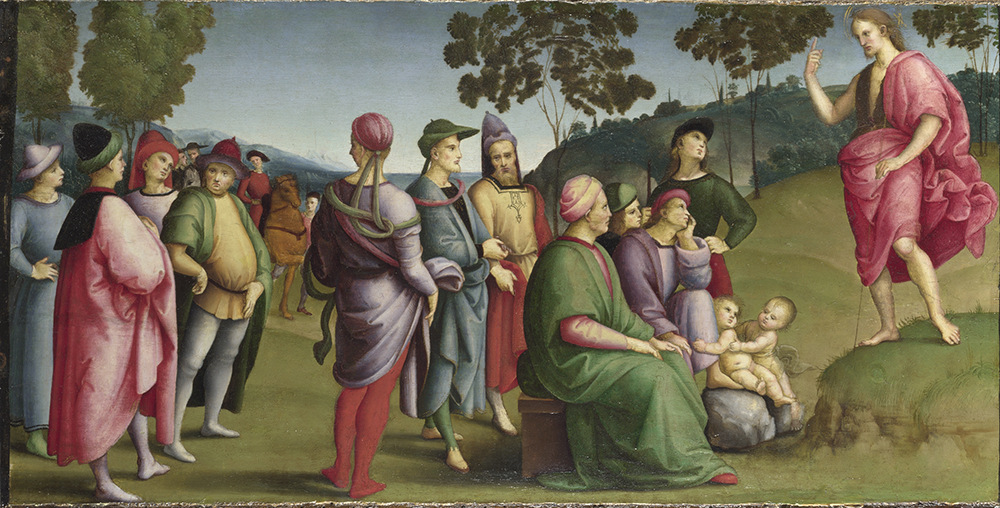 Raphael’s Saint John the Baptist Preaching, 1505
Raphael’s Saint John the Baptist Preaching, 1505
‘Those in possession of so many rare gifts as Raphael of Urbino are not merely men, but (if it’s permissible to say this) mortal gods’
Giorgio Vasari, painter, architect and writer, in his Life of Raphael from The Lives of the Artists, 2nd edition, 1568
Raphael, Self-portrait, c.1506. Gallerie degli Uffizi, Galleria Palatina, Florence
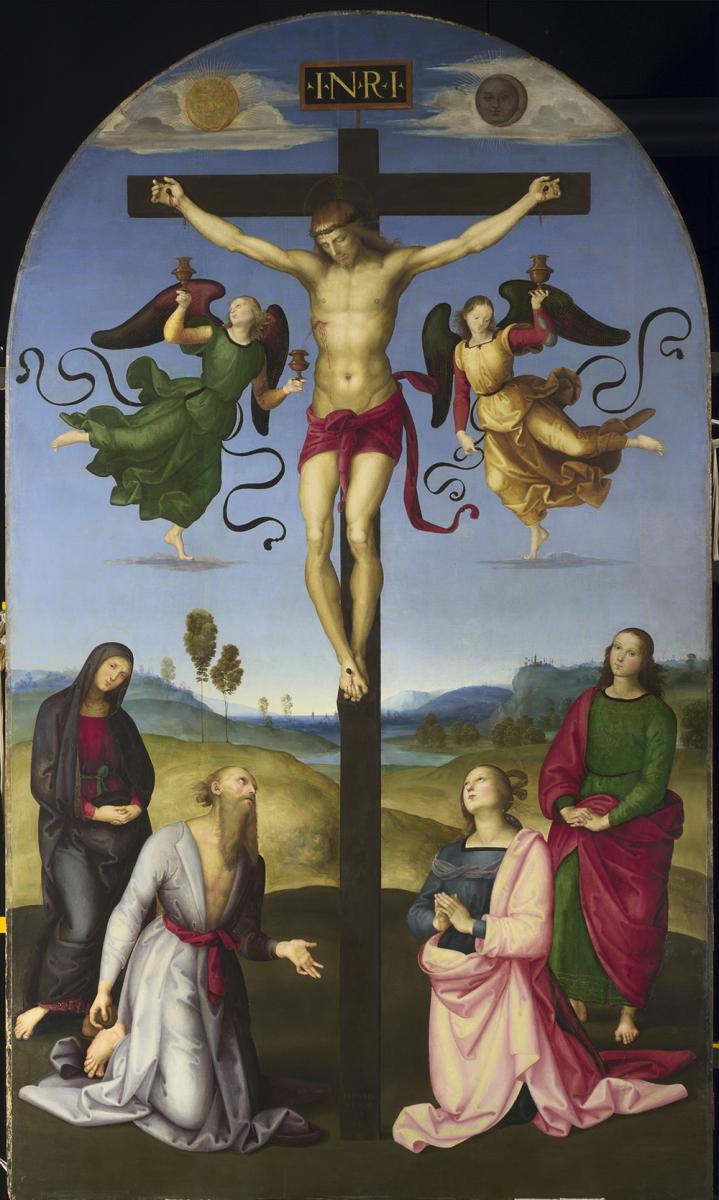 The Crucified Christ with the Virgin Mary, Saints and Angels, also known as The Mond Crucifixion, c.1502-3
The Crucified Christ with the Virgin Mary, Saints and Angels, also known as The Mond Crucifixion, c.1502-3
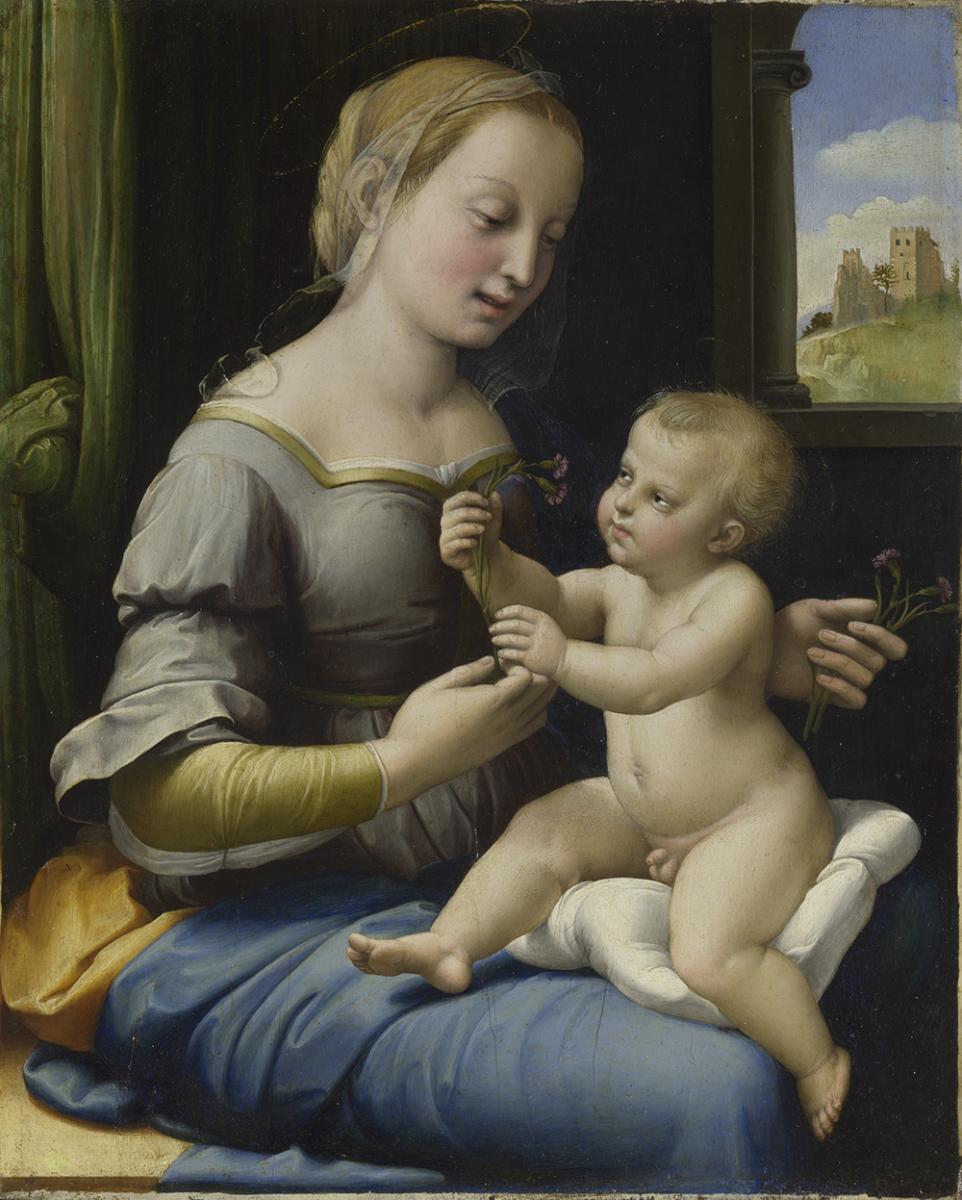 The Madonna of the Pinks (La Madonna dei Garofani), c.1506-7
The Madonna of the Pinks (La Madonna dei Garofani), c.1506-7
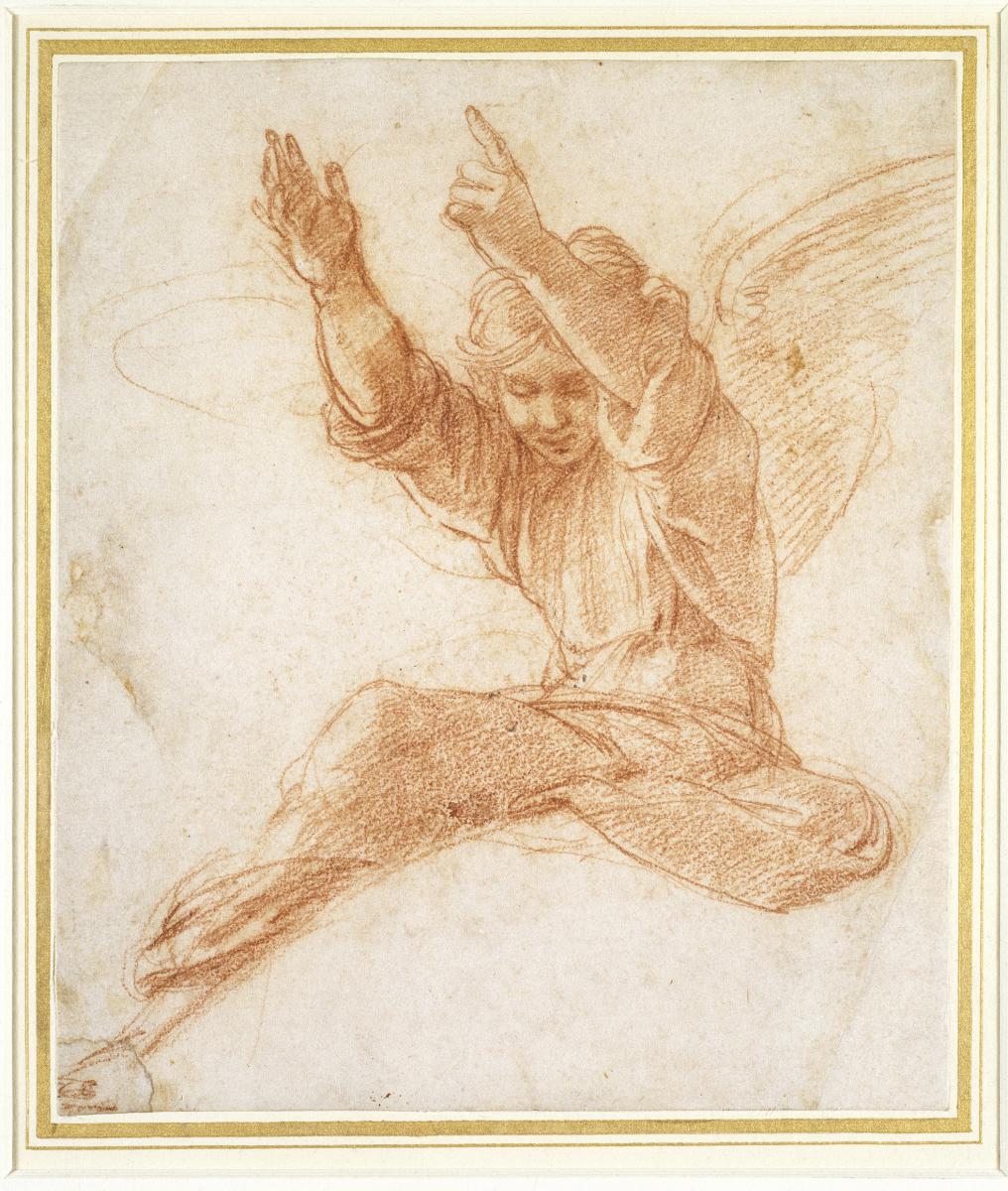 Study for an Angel, c.1515-16. Ashmolean Museum, University of Oxford
Study for an Angel, c.1515-16. Ashmolean Museum, University of Oxford
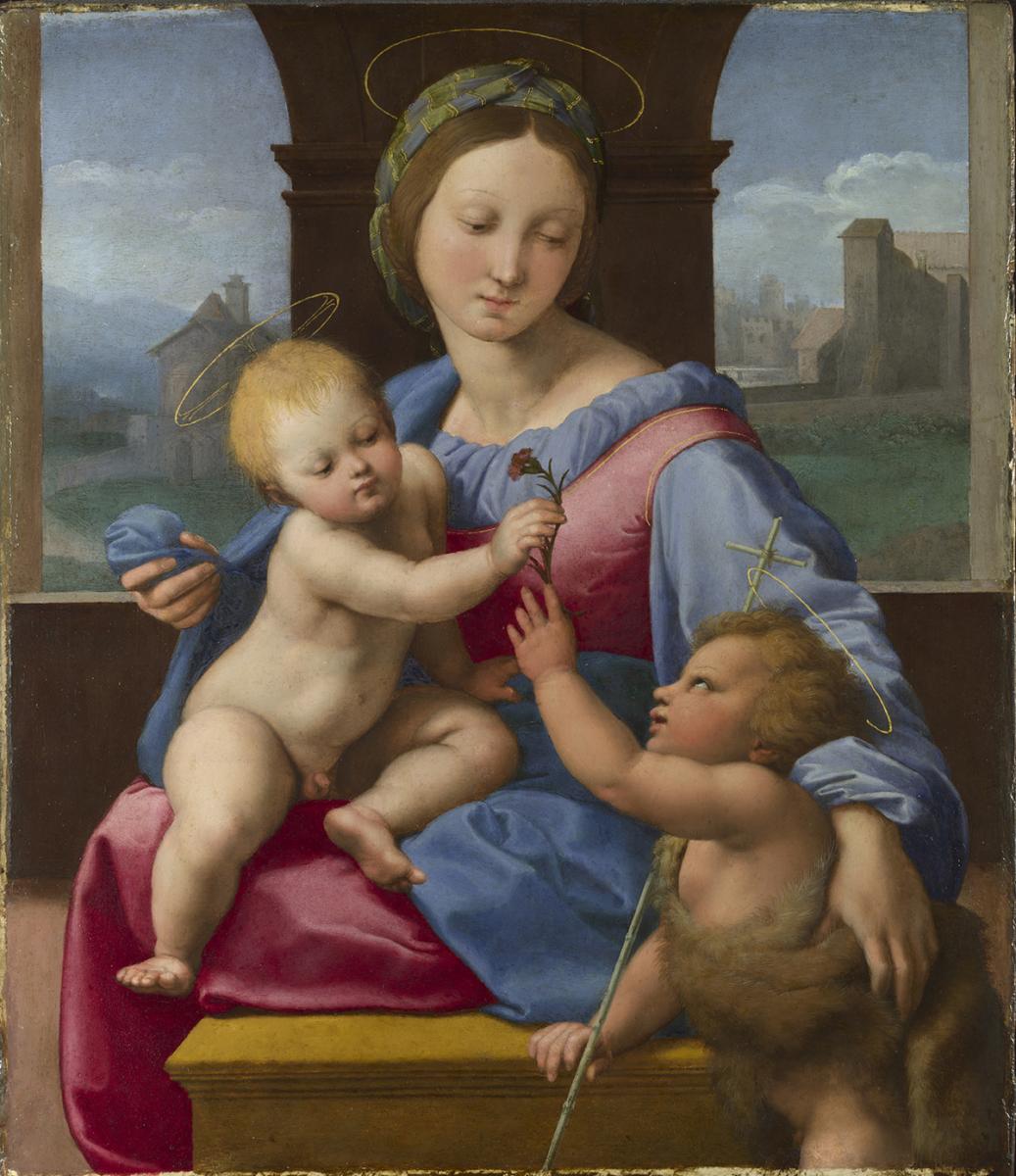 The Madonna and Child with the Infant Baptist (The Garvagh Madonna), 1509-10
The Madonna and Child with the Infant Baptist (The Garvagh Madonna), 1509-10
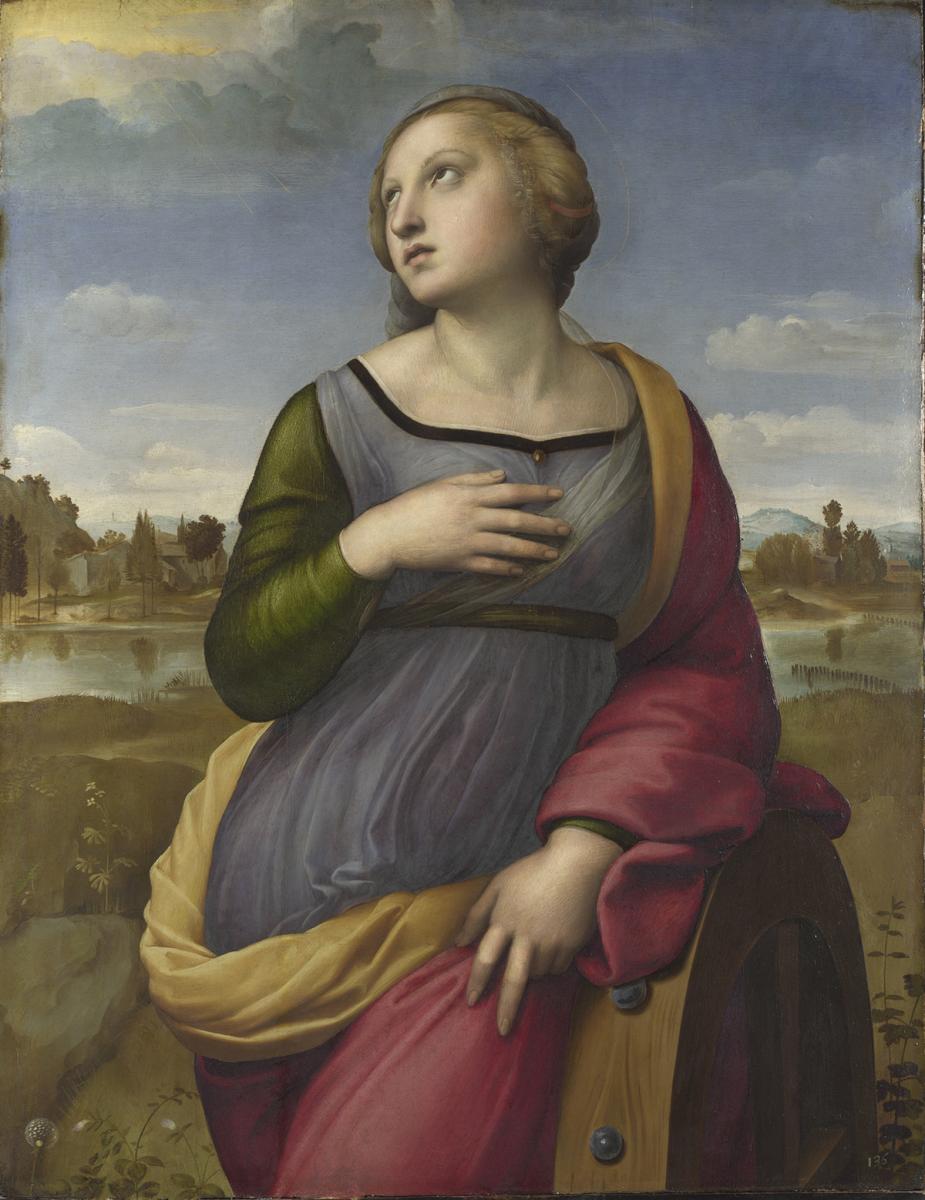 St Catherine of Alexandria, c.1507
St Catherine of Alexandria, c.1507
About the Author
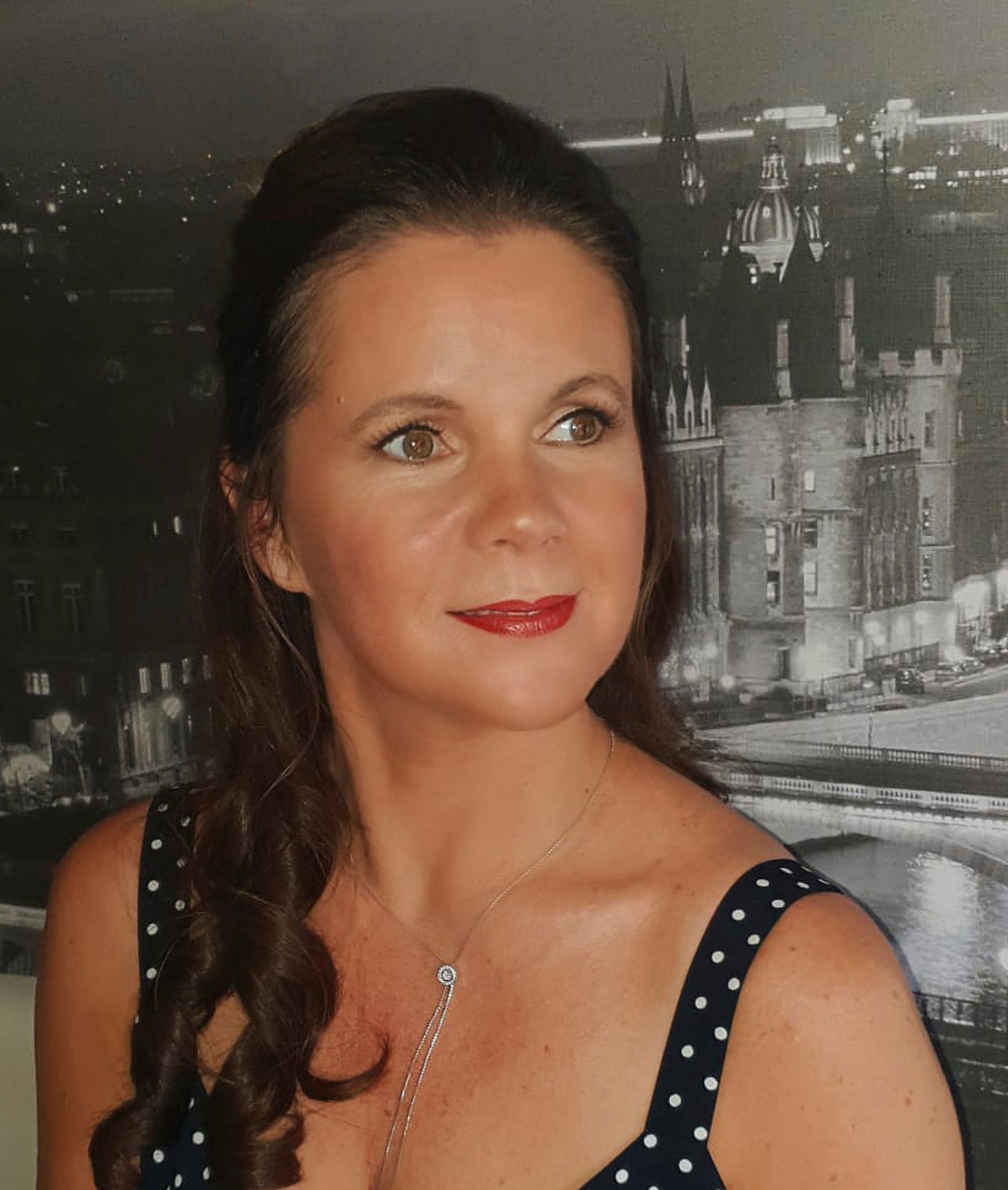
Siân Walters
Siân Walters is an art historian and the director of Art History in Focus. She has been a lecturer at the National Gallery for over 20 years and her specialist areas of research are Italian painting, Spanish art and architecture and Flemish and Dutch painting. Siân also teaches courses for The Wallace Collection and leads specialist art tours abroad. Her Arts Society titles include Raphael: A Master in the Making and Raphael and his Rivals. In 2020 Siân created a project called Cultural Travels from Home, comprising online visits by special arrangement to a number of major European art galleries. These have included the world’s first livestream tours of the Basilica of San Marco, the Medici Palace, the Ca’ Rezzonico, the Museo Bagatti Valsecchi and the Basilica of St Francis of Assisi. The project continues to raise funds for museums, as well as those working in the cultural sector. Click here for more details.
Article Tags
JOIN OUR MAILING LIST
Become an instant expert!
Find out more about the arts by becoming a Supporter of The Arts Society.
For just £20 a year you will receive invitations to exclusive member events and courses, special offers and concessions, our regular newsletter and our beautiful arts magazine, full of news, views, events and artist profiles.
FIND YOUR NEAREST SOCIETY
MORE FEATURES
Ever wanted to write a crime novel? As Britain’s annual crime writing festival opens, we uncover some top leads
It’s just 10 days until the Summer Olympic Games open in Paris. To mark the moment, Simon Inglis reveals how art and design play a key part in this, the world’s most spectacular multi-sport competition



